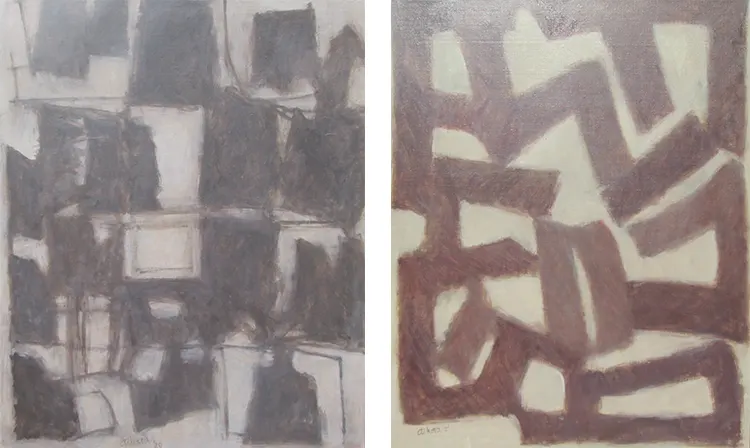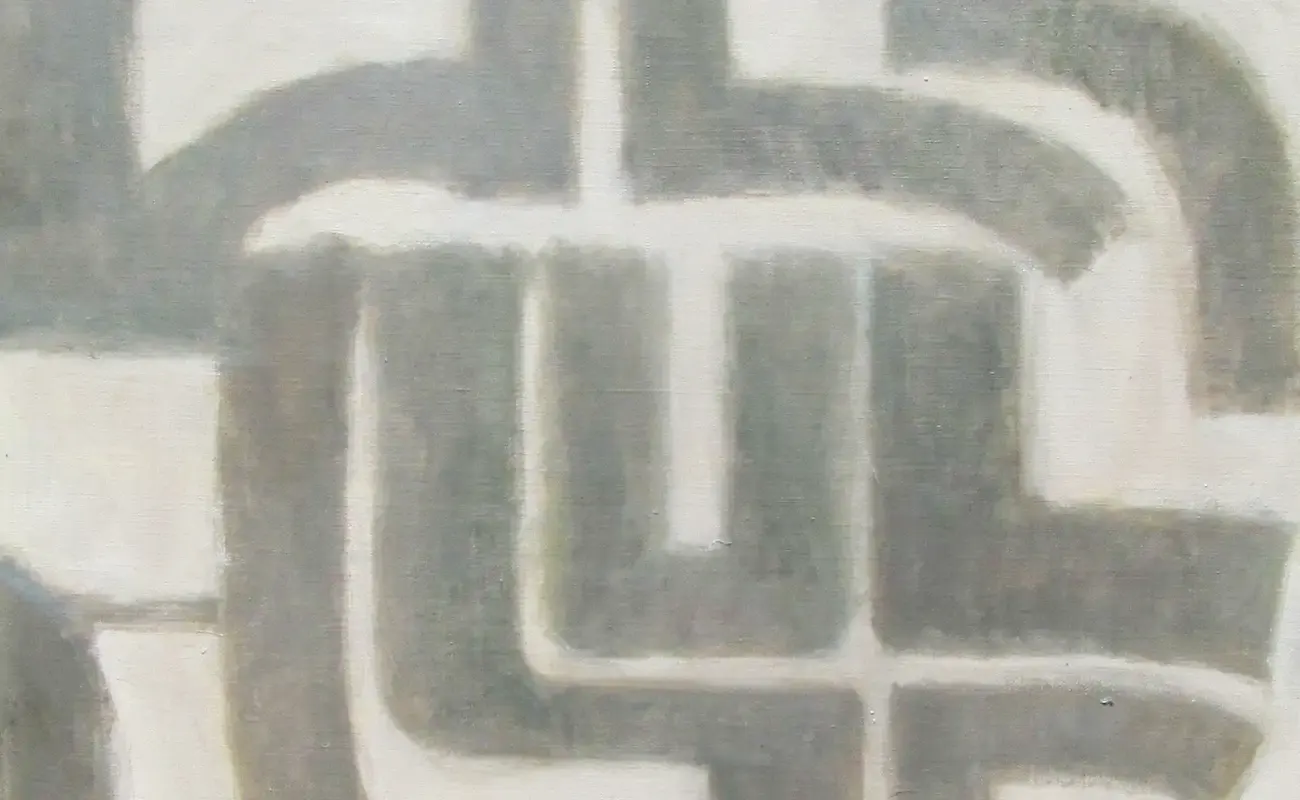“I believed I could do anything I want in painting.”
Seeds of Artistry: A Rich Tapestry of Cultural and Familial Threads
Nestled within the verdant fields and traditional backdrop of Ibaraki Prefecture, Misa Aihara‘s genesis as an artist was quietly being woven. Although she occasionally stayed at her grandmother’s home in Gunma Prefecture with her family, it was never her permanent residence. Still, the influence was undeniable. Her grandmother’s exceptional talent for crafting silk into exquisite kimonos resonated deeply within Misa, as these garments told tales of local traditions and the family’s dedication to cultural artistry.
Aihara’s childhood was enriched by tales of traveling artists who had once graced her maternal family’s village, sparking in her an enduring love for art. This familial admiration for the arts was further magnified by her mother’s deep respect for the grandmother, a sentiment Misa believed shaped her mother’s initial support for her artistic inclinations.
However, the road to embracing artistry wasn’t without its hurdles. Despite her family’s background, when Misa wished to further her studies in art, her parents objected, reflecting societal apprehensions of the era about women in artistic careers. This resistance led to a silent protest from Misa, underscoring the challenges she faced in reconciling her passion with prevailing norms.
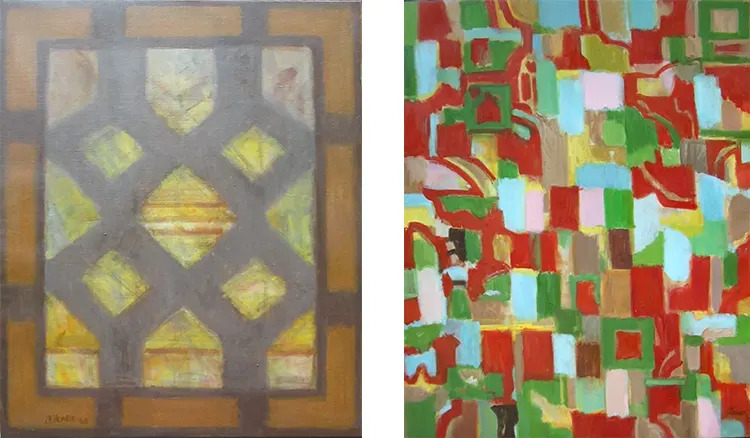
Misa Aihara: The Formative Years in Tokyo’s Artistic Milieu
When Aihara reached the tender age of 14, the embers of artistic curiosity, kindled by her cultural and familial backdrop, were fanned into a burgeoning flame, guiding her footsteps toward an inevitable journey in the arts. This pivotal age marked not merely a transition from childhood to adolescence but also saw the initiation of a deliberate journey into a universe punctuated by brush strokes, colors, and textured canvases. Enrolling in Joshibi University of Art & Design in Tokyo provided a gateway through which the artist could plunge deeply, exploring and expanding her understanding of various art forms, thus contributing to her gradual metamorphosis into the artist that now invites viewers into her world.
In a period marked by the reverberations of post-war challenges, Aihara’s mother, astute and perceptive, identified the glowing ember of artistic inclination within her daughter. The ensuring years were thoughtfully orchestrated, with the young Aihara being mentored by a local artist, a subtle yet profound acknowledgment of her potential, allowing her the space to dance, uninhibited, with her burgeoning artistic impulses, gradually crafting the nuanced and emotionally resonant artist that she would become.
At 14, Misa encountered a unique form of expression: the universal language of Esperanto. This linguistic discovery paralleled her journey into the world of art, as both offered ways to communicate without borders. By 18, she had become fluent in Esperanto, allowing her to travel and converse freely with diverse individuals in over 25 countries, from the vistas of Africa to the bustling streets of Europe and the USA. A significant stint in London between 1972 and 1975 opened the doors to numerous art museums and galleries. The rich tapestry of art and culture she encountered in these travels deeply influenced her perceptions, leading to introspective meditation on the essence of creativity. It was during these sojourns that she cultivated a deeper understanding of herself and her artistic inclinations.
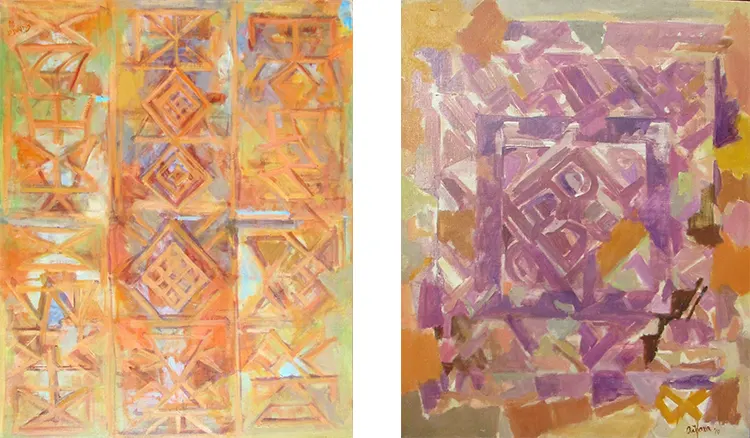
Finding Freedom: The Journey into Abstract Expression and Influence
In the pulsating world of Misa Aihara’s artistry, abstraction not merely delineates a style but serves as a conduit through which the essence of a painting’s reality is sought and explored. The artist’s journey into abstract painting is not merely an aesthetic choice; it is deeply interwoven with a philosophic exploration of what constitutes the ‘reality’ within a work of art. There exists a tangible emotional and spiritual potency in her creations, wherein pictorial abstract elements are not mere visual stimuli but resonate with the viewer on a profoundly intimate level. Aihara’s compositions invite the observer into a dialogue, where the canvas speaks not only through form and color but also through an unspoken, emotive language.
One could observe the influential fingerprints of Tawaraya Sotatu, a painter whose work and perspectives have cast a rich, lasting shadow upon Aihara’s creative process. A specific artwork, “Verko,” stands out as a monumental entity within her portfolio, symbolizing not only her artistic skill but also a pivotal moment of liberating breakthrough. In the creation of “Verko,” the artist discovered a boundless freedom, an unchaining from pre-existing rules, and a newfound belief in the unrestricted expression that painting could offer her.
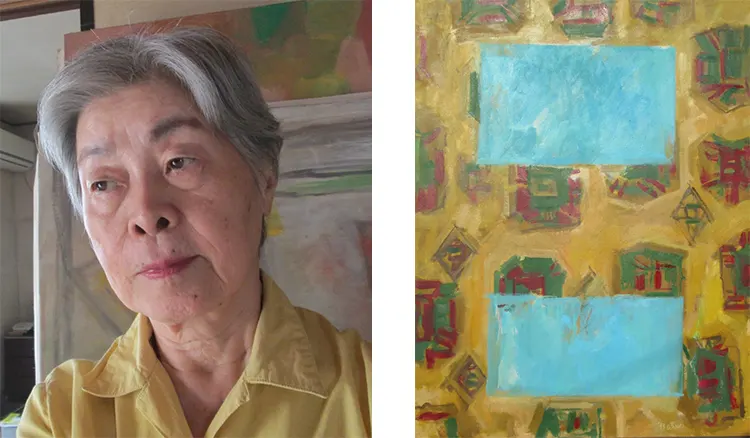
Misa Aihara: The Evolution of Artistic Preference and Purposeful Creation
Aihara’s journey through various mediums illuminates a restless, explorative spirit within her, always in pursuit of an expressive form that could adequately translate her internal visions into a tangible reality. Initially finding solace in etching, the artist soon felt the medium could not quite encase the expansive, open space her creations sought to portray. Experimentation with acrylic fiber followed, but its blunt surface struggled to serve her artistic intent. The evolution of her medium preferences, each transition, reveals an artist perpetually in search of the perfect vehicle to carry her expressive needs, guiding audiences through her visual and emotional landscapes.
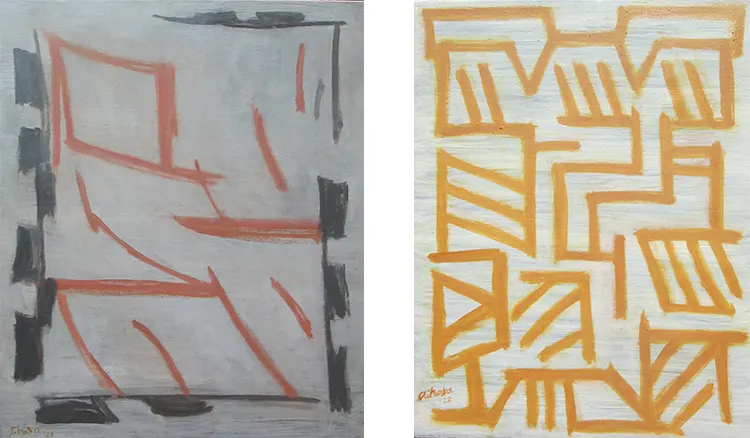
Her workspace, a sanctum characterized by solitude and an eloquent silence only broken by the classical strains of Bach, becomes a world where distractions dissipate and creation unfolds in pure, unbridled form. Aihara harbors dreams of orchestrating a retrospective exhibition of her works, yet does not staunchly bind herself to this aspiration. Her orientation is steered more towards an allocation of her finite, precious time toward the act of creation itself, forever exploring, forever expressing, through the boundless canvases that await her touch.
